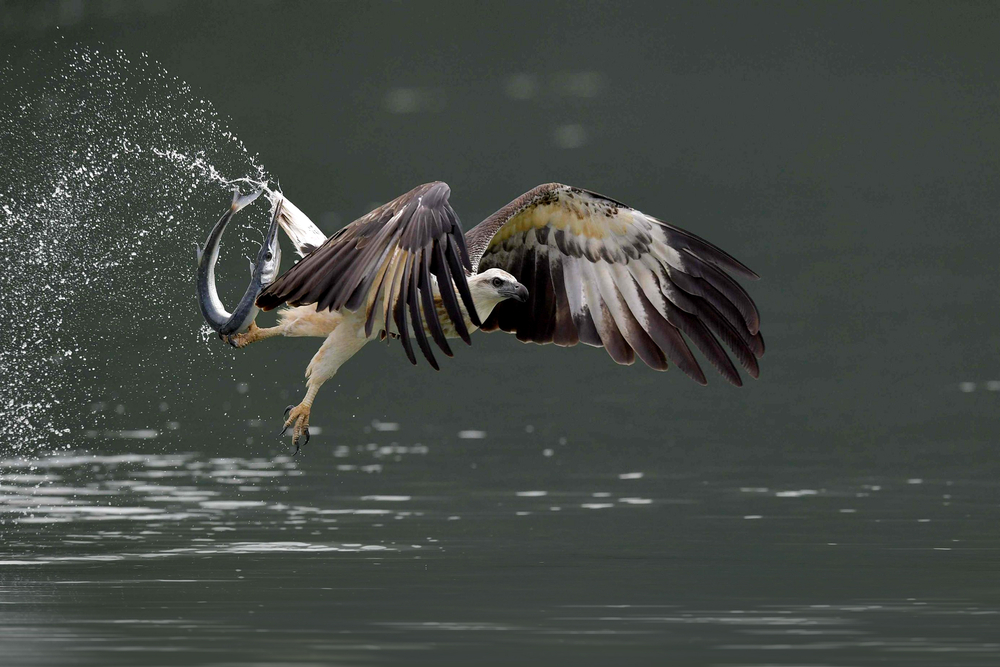Galathea Overview
Galathea National Park, located on the Great Nicobar Island in the Andaman and Nicobar Islands of India, spans an area of approximately 43 square miles (110 square kilometers). Known as one of the most pristine ecosystems in the Indian Ocean, the park is a vital part of the Great Nicobar Biosphere Reserve. Its remote location and ecological significance make it a haven for both researchers and nature enthusiasts. The park derives its name from the Galathea River, which flows gracefully through its landscapes, forming an essential part of its dynamic terrain.
The terrain of Galathea National Park is a mix of dense tropical rainforests, mangrove swamps, and coastal environments, creating a diverse landscape rich in natural beauty. The park is bordered by the azure waters of the Indian Ocean, with white sandy beaches that host nesting sites for the endangered leatherback turtles. Within the park, lush vegetation dominates, including species like pandanus, mangroves, and tropical hardwoods that create a verdant canopy. The Galathea River snakes through the park, surrounded by vibrant greenery, adding to the area’s ecological complexity and scenic beauty.
Wildlife in Galathea National Park is as remarkable as its landscapes. The park is home to a variety of endemic and endangered species. Key mammals include the Nicobar tree shrew and the Nicobar long-tailed macaque, both of which are unique to the region. Birds are another highlight, with species like the Nicobar pigeon, white-bellied sea eagle, and the megapode offering an exceptional experience for birdwatchers. The marine environment further enriches the park’s biodiversity, as the surrounding waters teem with coral reefs, fish, and other marine life.
One of the park’s most notable features is its role as a critical nesting site for the leatherback turtle, the world’s largest marine turtle. Visitors to the park often come to witness this awe-inspiring natural phenomenon. Other attractions include the Galathea River and the coastal mangroves, both of which offer opportunities for nature walks, wildlife observation, and photography. Boating along the river provides a serene way to explore the park’s beauty, while guided tours offer deeper insights into its ecological significance.
Conservation efforts in Galathea National Park are focused on protecting its fragile ecosystems and wildlife. Challenges include threats from climate change, rising sea levels, and potential disturbances from human activities. However, the park’s inclusion in the Great Nicobar Biosphere Reserve has bolstered conservation initiatives, including turtle monitoring programs, habitat restoration efforts, and community involvement. These measures have helped sustain the park’s delicate balance and maintain its status as one of the most important natural areas in the region.










































































